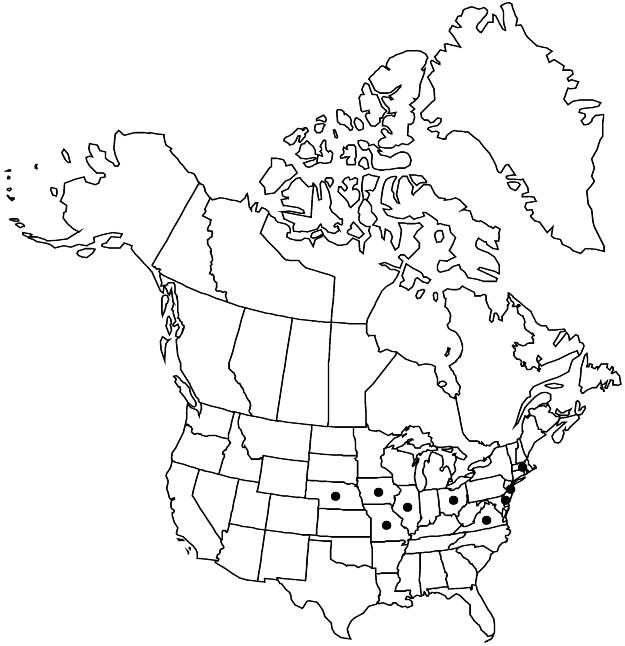Rubus parvifolius
Sp. Pl. 2: 1197. 1753.
Shrubs, 1–3 dm, armed. Stems biennial, low-mounding to creeping, sparsely to moderately hairy, glabrescent, eglandular, not pruinose; prickles sparse to moderate, slightly to strongly hooked, weak to stout, 0.8–1.5 (–2) mm, broad-based. Leaves deciduous, ternate or pinnately compound; stipules filiform to linear, (4–) 6–11 mm; leaflets 3 (–5), terminal broadly ovate-rhombic to obovate, (2–) 3–5 (–9) × 2.2–5 (–7.5) cm, base cuneate to obtuse, slightly 3-lobed, margins coarsely serrate to doubly serrate, apex acute to obtuse, abaxial surfaces with slightly to strongly hooked prickles on veins, densely whitish-tomentose, eglandular or sparsely short-stipitate-glandular. Inflorescences terminal and axillary, 2–20-flowered, cymiform to thyrsiform. Pedicels: prickles moderate, slightly to strongly hooked, moderately hairy, eglandular or sparsely short-stipitate-glandular. Flowers bisexual; petals pinkish to magenta, oblanceolate to obovate, 4–7 mm; filaments filiform; ovaries moderately to densely hairy, styles glabrous. Fruits red, round, 0.6–0.9 cm; drupelets 10–50, strongly coherent, separating from torus. 2n = 14.
Phenology: Flowering May–Jun.
Habitat: Disturbed sites
Elevation: 0–400 m
Distribution

Introduced; Del., Ill., Iowa, Mass., Mo., Nebr., N.J., Ohio, Va., e Asia, Australia
Discussion
Rubus parvifolius is distinguished from other raspberries by its broadly ovate-rhombic to obovate leaflets and relatively small flowers with pinkish to magenta petals. This species has the potential to become a very significant weed (P. M. Drobney and M. P. Widrlechner 2012).
Selected References
None.
Lower Taxa
"thin" is not a number."dm" is not declared as a valid unit of measurement for this property.